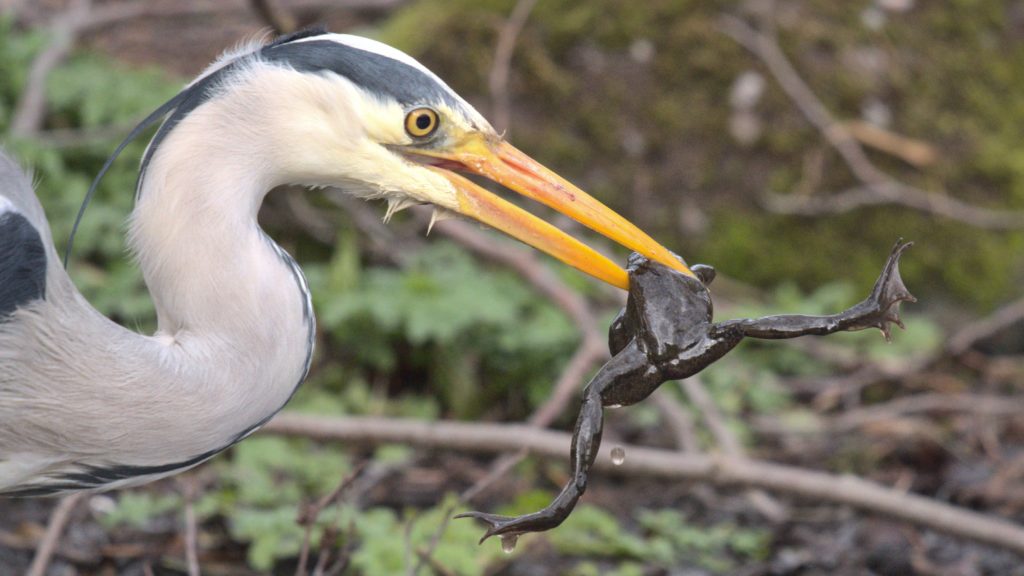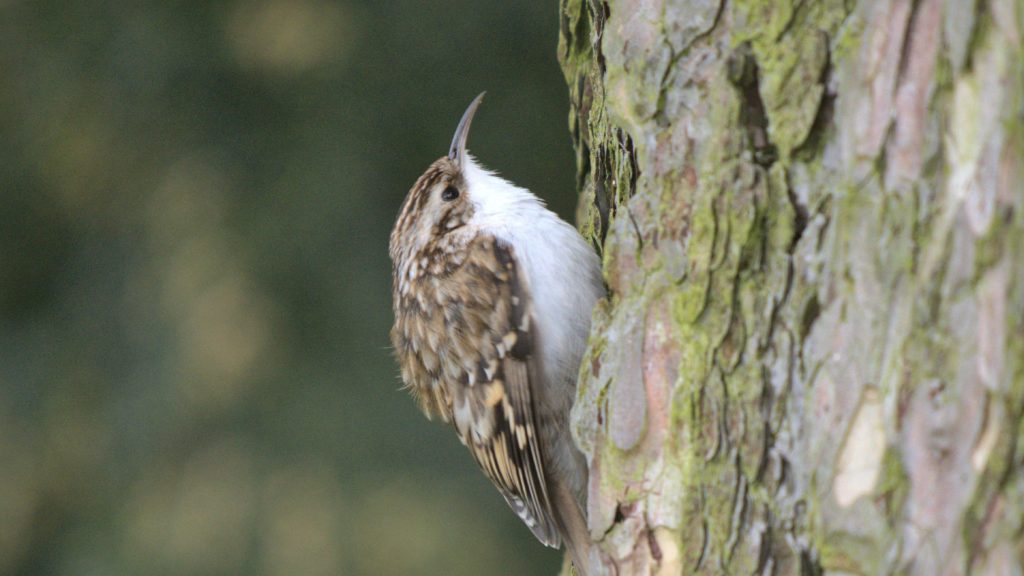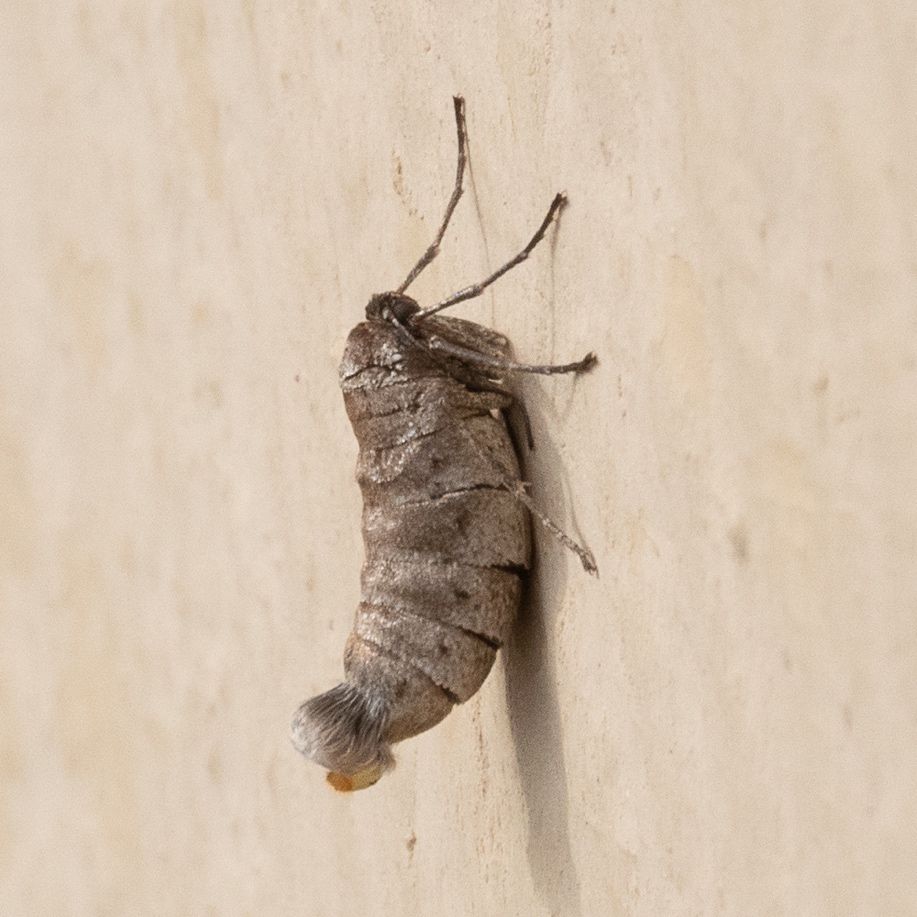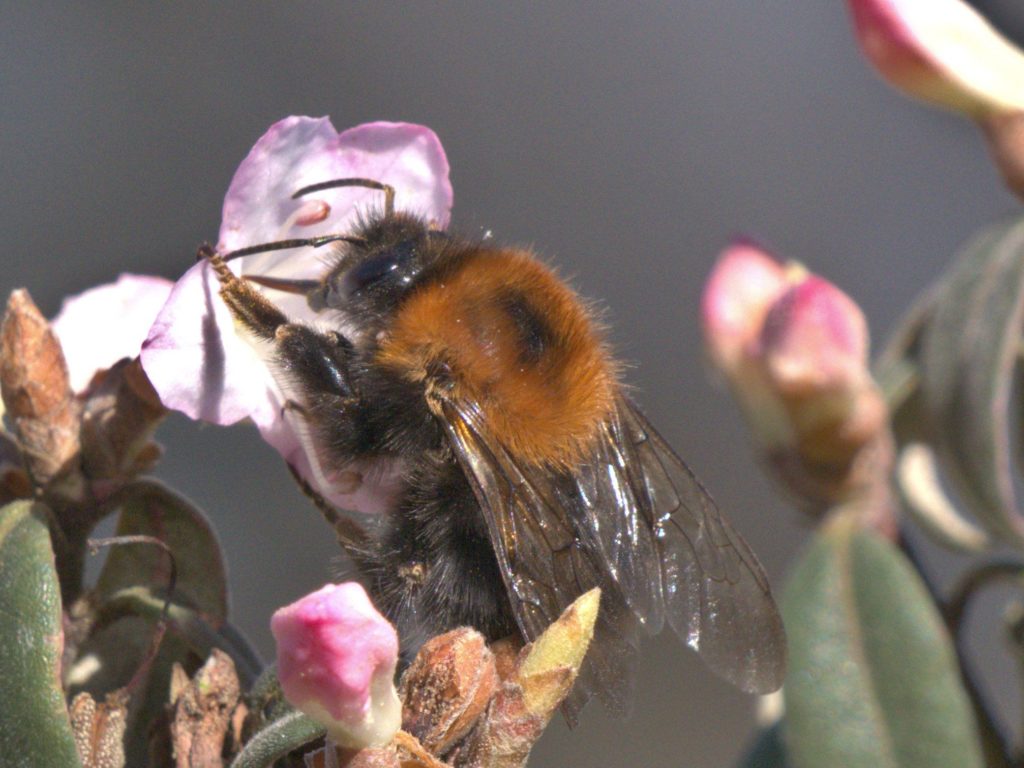
March 2020 came in like a rather timid lion, rather windy but not nearly as stormy as February, and went out like a lamb. Weather-wise it was a fairly average month with some night frosts but also some delightful mild sunny spells. It was also much brighter and drier than February. Exact figures for the Garden are unfortunately unavailable.
The month will, however, mainly be remembered as the one where the COVID-19 virus pandemic really began to take hold in the UK. This had a major impact on RBGE, which closed all its four sites to the public indefinitely from mid-month and all but key staff responsible for looking after the national plant collections and maintaining other critical facilities were asked to work from home. Wildlife recording in the Garden therefore ceased indefinitely, with the last records being made on 16th, and this will be my last report until the Garden reopens and recording can begin again.
The Garden’s total wildlife list not surprisingly remained unchanged in March, at 1,133.

Birds: Even though recording was only possible on 12 dates in the first half of the month, no fewer than 36 bird species were recorded in the Garden during March. Redwings lingered, being seen on eight occasions until at least 15th. Nuthatches were very vocal and consequently were also seen or heard on eight recording days. Black-headed Gulls were present until at least 12th but disappeared to their breeding sites later in the month. Collared Doves were recorded on seven dates. Kingfisher was seen once, on 9th, while there were also single records of Curlew (3rd), Stock Dove (4th), House Sparrow (4th), Jackdaw (9th) and Tawny Owl (10th). Blackcap was once again not recorded in the first half of March while the Garden was open. Chiffchaff was also unrecorded during the Garden’s open period; however, they began to be heard singing in other parts of NW Edinburgh within walking distance of my home from 30th onwards, so it is reasonable to assume that the Garden’s quota of this spring migrant began to arrive at about the same time. The complete list of 36 species recorded during March 2020 was: Blackbird, Black-headed Gull, Blue Tit, Bullfinch, Carrion Crow, Chaffinch, Coal Tit, Collared Dove, Curlew, Dunnock, Feral Pigeon, Goldcrest, Goldfinch, Great Spotted Woodpecker, Great Tit, Greenfinch, Grey Heron, Herring Gull, House Sparrow, Jackdaw, Kingfisher, Long-tailed Tit, Magpie, Mallard, Moorhen, Nuthatch, Oystercatcher, Redwing, Robin, Song Thrush, Sparrowhawk, Stock Dove, Tawny Owl, Tree Creeper, Wood Pigeon, Wren.
Mammals and amphibians: A Fox was seen on 15th and Common Frog was recorded on five dates from 5th until the Garden closed to the public. As shown in the photograph at the start of this report, the frogs were popular with the Grey Herons …..

Insects and other invertebrates: Together with the onset of spring, more invertebrates began to be recorded in the Garden in March than in the first two months of the year, before recording had to cease. The year’s first butterfly was a Peacock on 8th. A female March Moth was also spotted on 8th, the second Garden record of this species; it looked more than a grub than an adult moth because, unlike the male, the female of this species is wingless. Bees were more active, with four species being recorded by 16th: Honey Bee (3rd, 4th and 5th), Tree Bumblebee (3rd), Buff-tailed Bumblebee (8th and 16th), and Early Bumblebee (16th). Surprisingly, though, Common Carder Bee, another early species, had not been seen before recording had to cease even though some of its favourite flowers were in bloom. Marmalade Hoverflies were flying on 3rd and 6th, while Common Drone-fly was seen on 3rd and 8th. Other flies noticed in the first half of March were Phaonia subventa on 2nd and Common Cluster-fly on 6th. Two examples of a particularly plain-looking (and from a photograph impossible to identify) moth fly were also seen on 6th. Another as yet unidentified fly was one photographed on 8th that resembled members of the St Mark’s fly family, Bibionidae, but differed by its noticeably longer antennae. Birch Catkin Bug was observed on 6th and Gorse Shield-bug on 11th, while a pale green leafhopper, Empoasca vitis, was photographed on 8th. 7-spot Ladybird was reported three times, Pine Ladybird twice (4th, 8th) and Rosemary Beetle once, on 8th. Finally, Spotted Wolf-spiders were seen on 2nd, 9th and 11th and two other, different, unknown spiders on 2nd and 8th.

